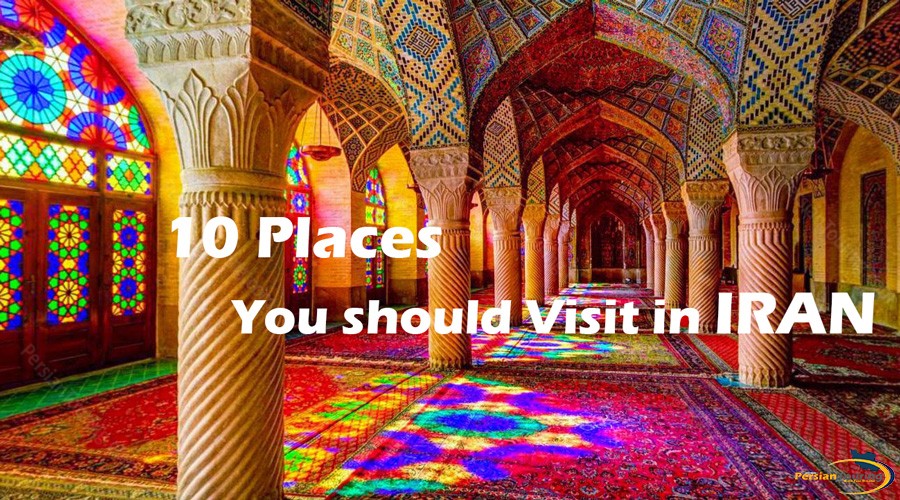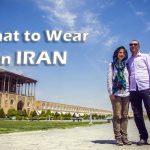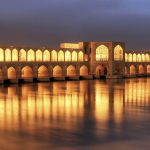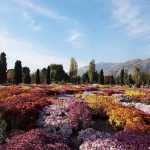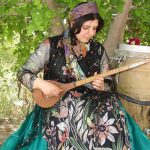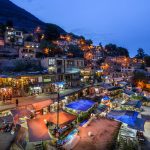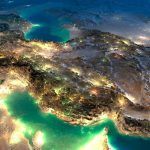Iran is a country in the middle east with up to 5000 years writable history. there are several things to do in Iran. but travelers time is limited. so you should choose your destinations before your trip. it’s most important for who visit Iran for the first time.
in a normal Iran journey, travelers enter from Tehran and visit Tehran, Kashan, Isfahan, Yazd, and Shiraz. so in this article, we give you some details about 10 that you can’t miss in this cities. so be with us in continue of this post.
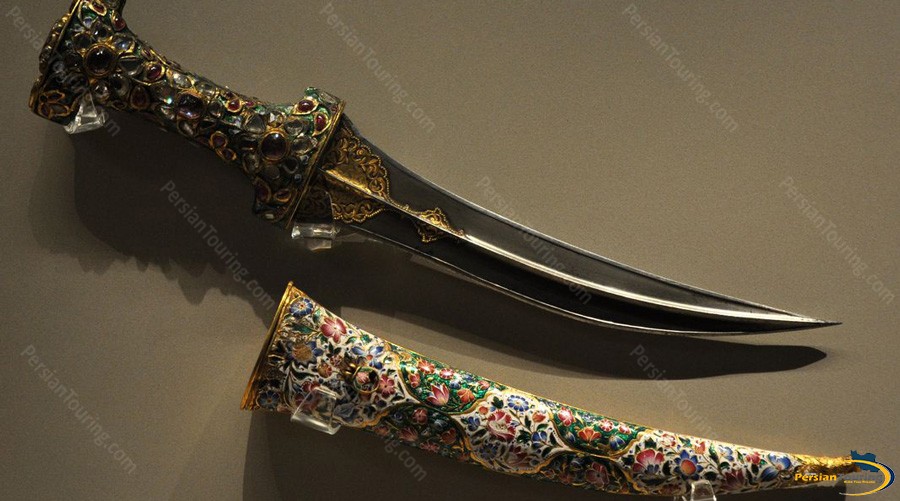

1.National Jewelry Museum
The first sight you should visit in Tehran and one of the most famous museums of Iran is National Jewelry Museum located in Iran Central Bank in Tehran. this museum is full of masterpiece jewelers from all around the world. Chest Pearl, Naderi Takht, Pahlavi Sword, Shahi Cape and etc.
There is so special and famous diamond in the world and one of the largest cut diamonds in the world. Daria-i-Noor. This diamond, like the Koh-i-Noor, was mined at the Paritala-Kollur Mine in Andhra Pradesh, India. It was originally owned by the Kakatiya dynasty, later it was looted by Turkic Khilji dynasty and to Mughal emperors.
In 1739, emperor Nader Shah of Persia invaded Northern India, occupied Delhi and then massacred many of its inhabitants. As payment for returning the crown of India to the Mughal emperor, Muhammad, he took possession of the entire fabled treasury of the Mughals, including the Darya-i-noor, in addition to the Koh-i-noor and the Peacock Throne. Many of the other treasures are in the Iranian crown jewels.
Museum is open from Saturday to Tuesday 14:00 to 16:30
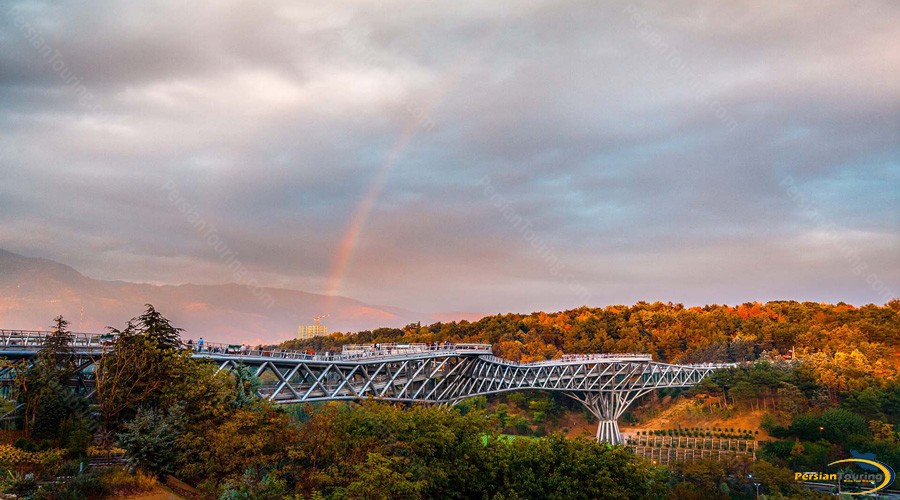

2. Tabiat Bridge
Tabiat Bridge (“Nature Bridge”) is the largest pedestrian overpass built in Tehran. The bridge is connected Taleghani Park and Abo-Atash Park over Shahid Modares highway. The bridge was designed by Leila Araghian.
Tehran also has several another place to see. such as
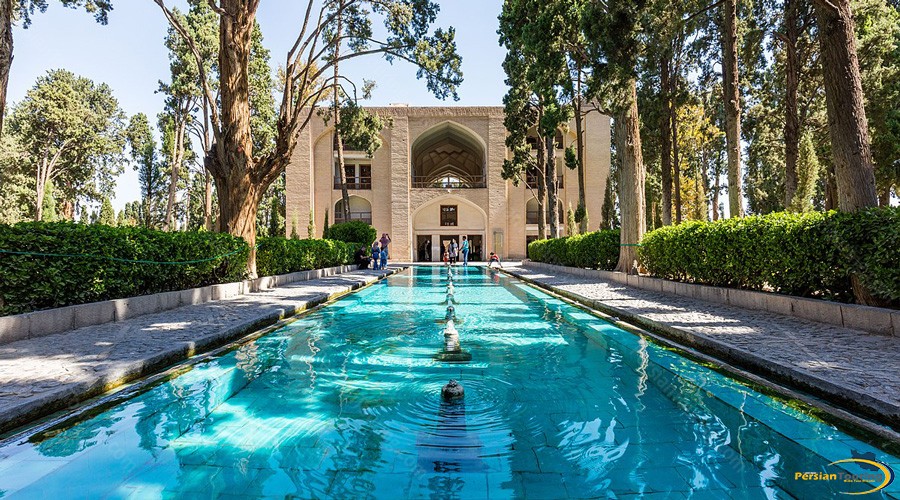

3. Fin Garden and Bath
Fin Garden, or Bagh-e Fin, located in Kashan, Iran, is a historical Persian garden. It contains Kashan’s Fin Bath, where Amir Kabir, the Qajarid chancellor, was murdered by an assassin sent by King Nasereddin Shah in 1852. Completed in 1590, the Fin Garden is the oldest extant garden in Iran.
the site is open all the days of the week except Friday, 9:00 to 18:30
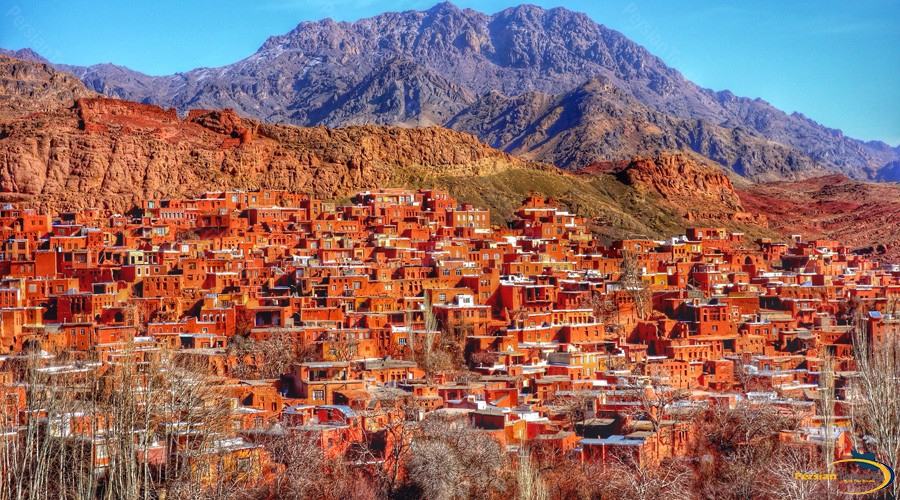

4. Abyaneh Village
Abyaneh is one of the oldest village in Iran with up to 7000 years old and unique lifestyle. for example, An Abyanaki woman typically wears a white long scarf which has a colorful pattern and an under-knee skirt. Abyunaki people have persistently maintained this traditional costume.
the village is located on the road of Kashan to Isfahan.
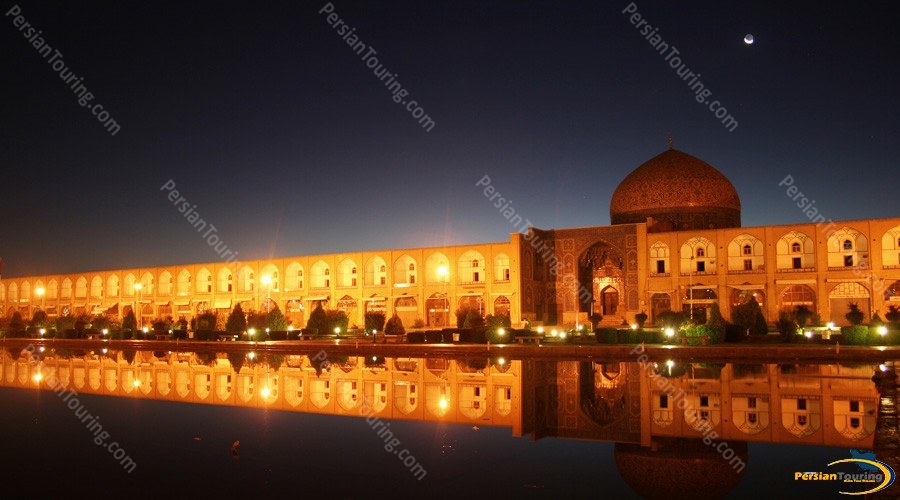

5. Naqsh-e Jahan Square
Naqsh-e Jahan Square or know as Imam Square and Shah Square is one of the UNESCO World Heritage Sites located in Isfahan.
It is 160 meters wide by 560 meters long. The square is surrounded by buildings from the Safavid era. The Shah Mosque is situated on the south side of this square. On the west side is the Ali Qapu Palace. Sheikh Lotf Allah Mosque is situated on the eastern side of this square and at the northern side, Keisaria gate opens into the Isfahan Grand Bazaar. Today, Namaz-e Jom’eh (the Muslim Friday prayer) is held in the Shah Mosque
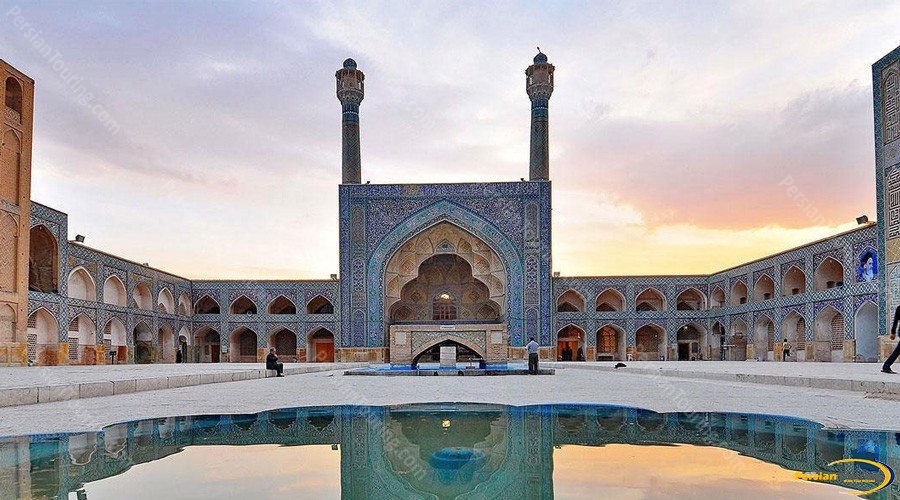

6. Jameh Mosque of Isfahan
Jameh Mosque of Isfahan is another UNESCO site in this city. The mosque is the result of continual construction, reconstruction, additions, and renovations on the site from around 771 to the end of the 20th century. The Grand Bazaar of Isfahan can be found towards the southwest wing of the mosque.
The chief architect of this colossal task of urban planning was Shaykh Bahai, who focused the programme on two key features of Shah Abbas’s master plan: the Chahar Bagh avenue, flanked at either side by all the prominent institutions of the city, such as the residences of all foreign dignitaries, and the Naqsh-e Jahan Square.
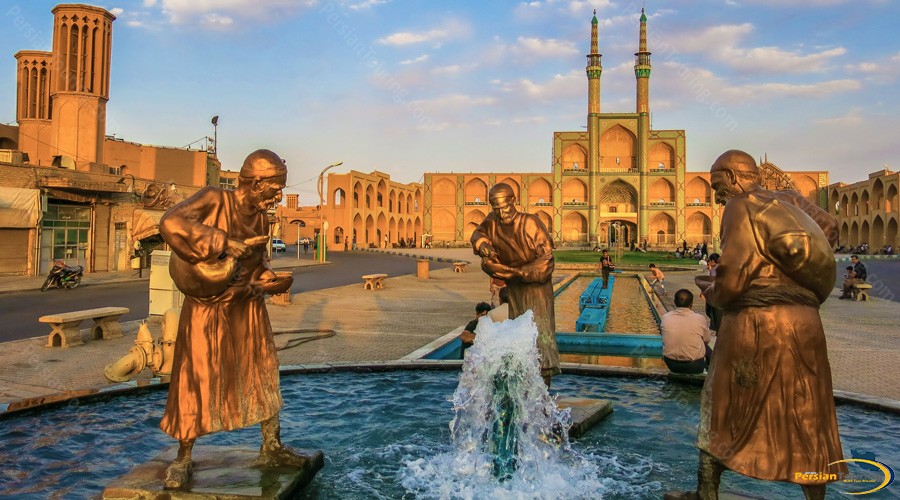

7. Amir Chakhmaq Complex
The Amir Chakhmaq Complex is a prominent structure in Yazd, noted for its symmetrical sunken alcoves. It is a mosque located on a square of the same name. It also contains a caravanserai, teeth, a bathhouse, a cold water well, and a confectionery. At night, the building is lit up after twilight hours after sunset with orange lighting in the arched alcoves which makes it a spectacle. During the Iran-Iraq War and the Iraq wars with the United States and Afghanistan, many Iraqis and Afghanis have come to inhabit the Amir Chakhmaq Square
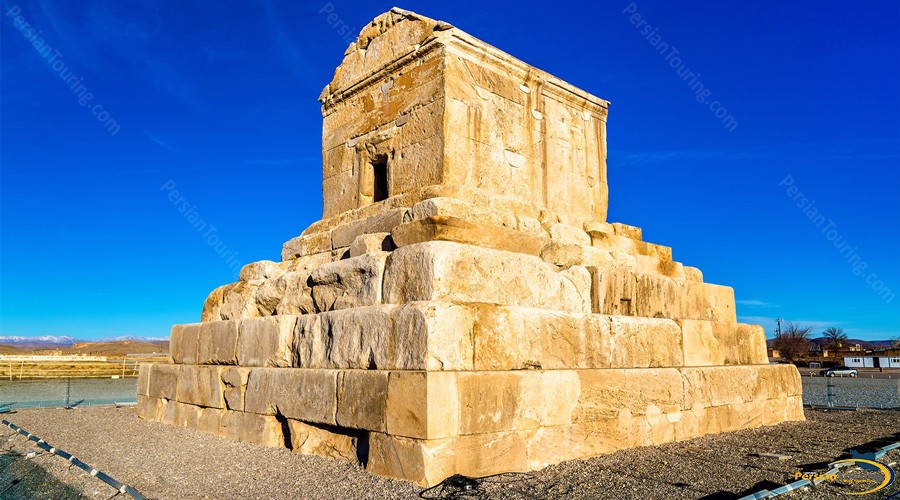

8. Pasargadae
Pasargadae is the tomb of one of the greatest king of history, Cyrus. Pasargadae, the capital of the Achaemenid Empire under Cyrus the Great who had issued its construction and also the location of his tomb, was a city in ancient Persia, located near the city of Shiraz.
The most important monument in Pasargadae is the tomb of Cyrus the Great. It has six broad steps leading to the sepulcher, the chamber of which measures 3.17 m long by 2.11 m wide by 2.11 m high and has a low and narrow entrance. Though there is no firm evidence identifying the tomb as that of Cyrus, Greek historians tell that Alexander believed it was. When Alexander looted and destroyed Persepolis, he paid a visit to the tomb of Cyrus.


9. Persepolis
Persepolis is the most important and famous place in Iran Heritage site. another UNESCO site located in Iran. Persepolis is mean the city of Persians.
Persepolis is near the small river Pulvar, which flows into the river Kur. The site includes a 125,000 square meter terrace, partly artificially constructed and partly cut out of a mountain, with its east side leaning on Kuh-e Rahmet. The other three sides are formed by retaining walls, which vary in height with the slope of the ground. Rising from 5–13 meters on the west side was a double star. From there, it gently slopes to the top. To create the level terrace, depressions were filled with soil and heavy rocks, which were joined together with metal clips.
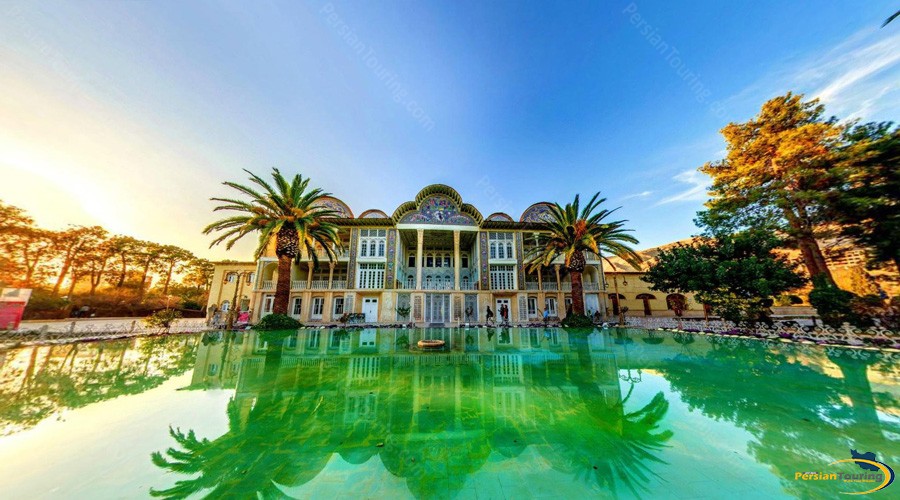

10. Eram Garden
Eram Garden is the most famous Persian garden and wants to show Paradise Garden. Both the building and the garden were built during the middle of the thirteenth century by the Ilkhanate or a paramount chief of the Qashqai tribes of Pars. The original layout of the garden, however, with its quadripartite Persian Paradise garden structure was most likely laid in the eleventh century by the Seljuqs, and was then referred to as the “Bāq e Shāh” and was much less complicated or ornamental.Cornelius de Bruyn, a traveler from the Netherlands, wrote a description of the gardens in the eighteenth century.

